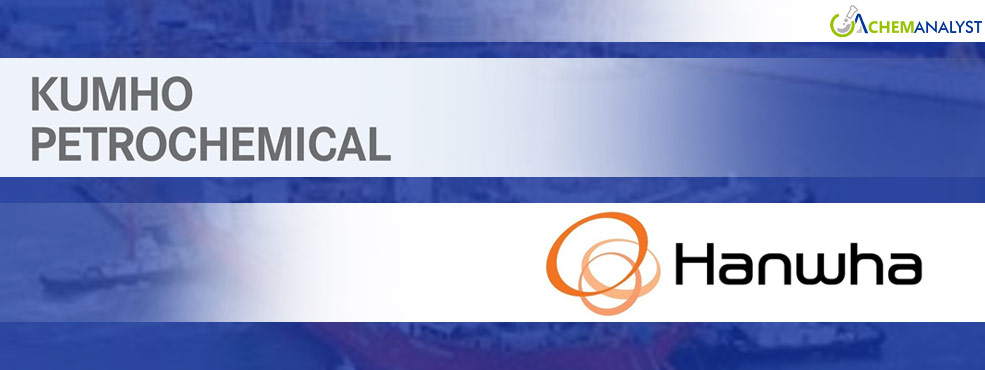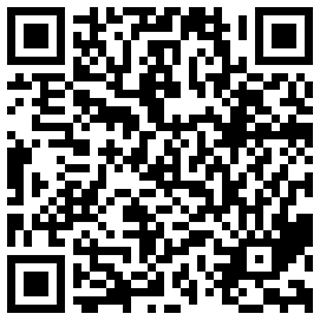Hanwha and Kumho Stand Strong in Wake of U.S. Tariff Shake-Up
- 07-Apr-2025 7:00 PM
- Journalist: S. Jayavikraman
Following the announcement of mutual tariffs by the Donald Trump administration in the United States, Hanwha Solutions and Kumho Petrochemical appear to be in a favorable position amid growing trade tensions. According to a report by Hana Securities on the 7th, both companies are likely to benefit as they have already experienced similar tariff-related challenges in the past.
For Hanwha Solutions, a major advantage lies in the current difficulty the U.S. faces in importing solar modules and cells from Southeast Asia. The U.S. Department of Commerce recently issued preliminary findings to impose countervailing and anti-dumping duties on solar modules manufactured in China but exported through Cambodia, Malaysia, Thailand, and Vietnam. These findings, made between October and November of the previous year, have led to the imposition of tariffs as high as 320%, effectively halting imports from those regions.
Due to these developments, the cost of solar modules has increased significantly for U.S. manufacturers. However, Hanwha Solutions is relatively insulated from these cost pressures as it sources its solar cells from Korea. Furthermore, the company's new plant in Cartersville, Georgia, is expected to begin operations in the second half of the year. This facility is anticipated to strengthen vertical integration in the production process, further boosting competitiveness.
Another potential boost for Hanwha Solutions comes from the possibility that the U.S. might withdraw subsidies under the Inflation Reduction Act (IRA) for solar products with Chinese components, according to the Hana Securities. If that happens, Hanwha Solutions could benefit even more significantly due to its minimal reliance on Chinese imports.
Kumho Petrochemical is also seen as a likely beneficiary in this changing trade environment. The U.S. has already implemented tariffs of 50% for 2025 and 100% for 2026 on gloves imported from China, according to Hana Securities report. This shift is expected to benefit Kumho Petrochemical, which manufactures NB Latex (NBL), a key material used in glove production. With Chinese glove exports to the U.S. facing major hurdles due to the new tariffs, Kumho is well-positioned to gain market share.
In addition to these two companies, Hana Securities also identified KCC and UNID as firms that could navigate the ongoing tariff conflict successfully. KCC generates more than 35% of its silicone business revenue from the U.S., although most of its operations remain domestically focused. This positioning allows it to avoid direct tariff impacts while benefiting from reduced competition, as companies like Germany’s Wacker Chemie, Japan’s Shin-Etsu Chemical, and Norway’s Elkem are directly affected by the tariffs.
UNID, which has only limited exposure to the U.S. market (around 3–4%), could benefit from rising prices of potassium-based products. This is partly due to new U.S. tariffs affecting Canadian imports, especially potassium chloride, creating opportunities for UNID’s caustic potash (KOH) and potassium carbonate (K2CO3) products.



